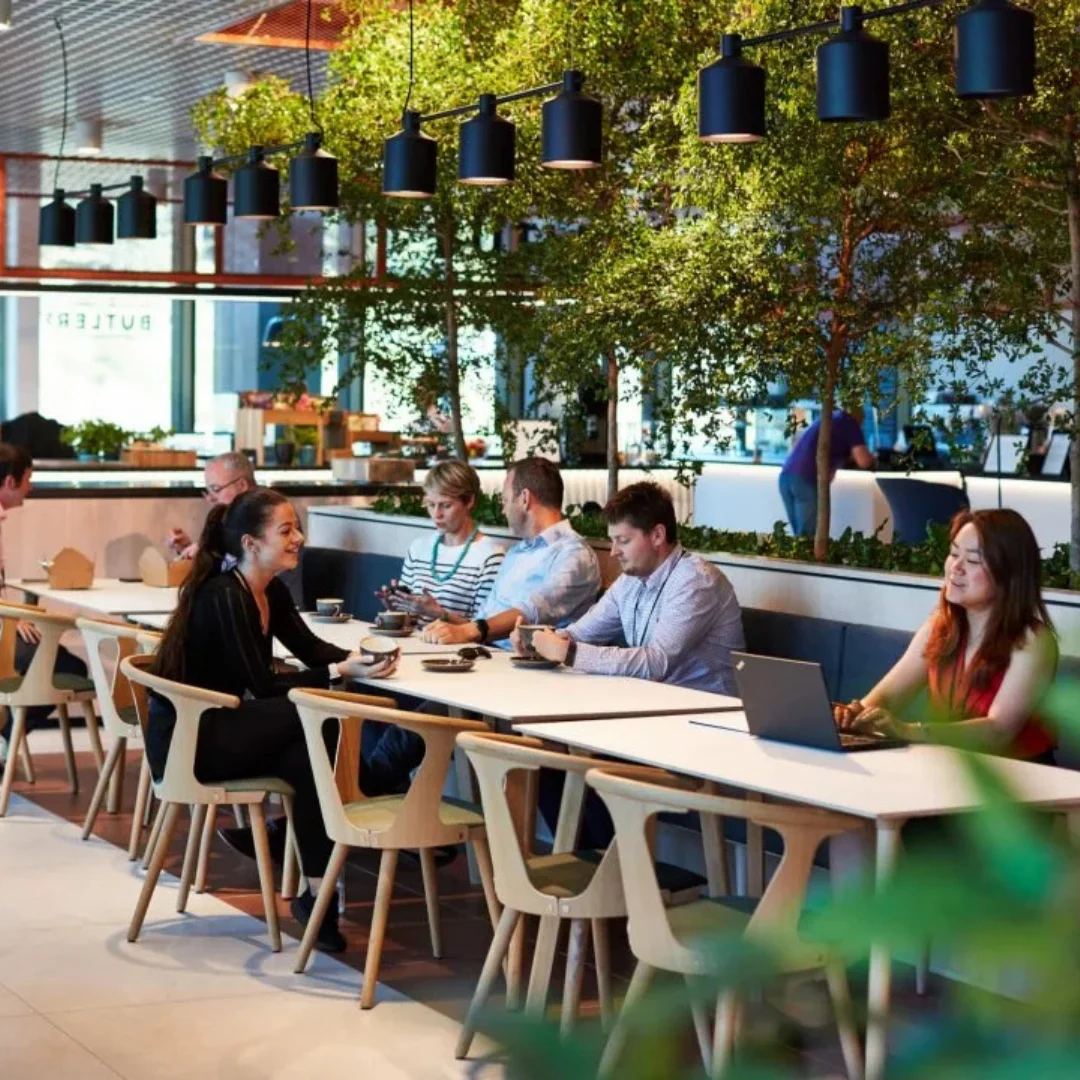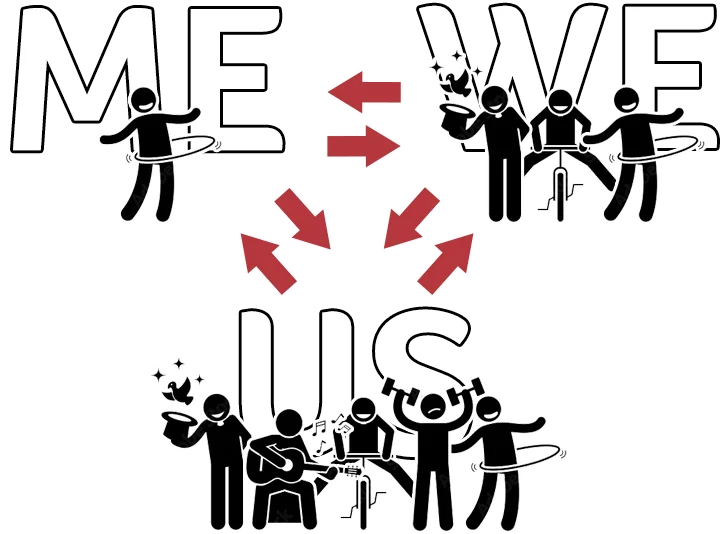
Imagine walking into an office, your office, where the air feels and smells fresh, natural light floods the space, and plants bloom in your communal areas.
That sounds like a pretty awesome workplace to me.
Various studies have shown that improved air quality and natural elements in the office can boost cognitive function and productivity.
As organisations increasingly focus on their efforts on more sustainable practices, they are not only helping the planet, but also creating happier, healthier, and more joyful workplaces.
Together, let’s explore how these greener practices can make a significant difference in workplace wellbeing and global environmental health.
Environmental sustainability at work isn’t just about saving energy or reducing waste, although these are incredibly important; it’s about creating spaces that feel good to work in, too.
I was fortunate enough to get a tour around Kirkstall Forge (pictured) a short-while ago and it instantly became office goals for me.
The building’s cafe is full of real plants, all the offices have living walls, the windows are floor-to-ceiling so it’s flooded with light even on the dullest of days, and the roof has an abundance of open social space as well as its own solar panel farm.
Not only does this kind of design make you feel fresh, it has shown to improve air quality, enhance cognitive function, and ultimately, boost employee productivity.
The benefits of working in a sustainable environment are vast.
Recent studies have found that poor air quality and low ventilation rates in offices can significantly impact cognitive function, affecting employees' response times and their ability to focus. It might be a placebo but I think we all know how much less enjoyable and motivating it is in a space that feels ‘tired’.
In addition, according to LabGov, incorporating natural elements in the workplace has been linked to a 15% increase in self-reported wellness and creativity, along with a 10% decrease in absenteeism.

I’m like a broken record when it comes to the “Me, We, and Us” model, but it's such a powerful way of framing the conversation about impact and who can make it.
Being more sustainable doesn’t have to be rocket science. It’s often the smallest of changes, when done by a lot of people, that can make the biggest difference.
We all have the power to leave the world better place than we found it through small changes. Employees can make a significant environmental impact through personal actions:
An initiative that I recall hearing about a few years ago involved a firefighter who needed a way to quickly recycle batteries, so he started a collection at his station. Others began to use it, and before they knew it, it had progressed to glass, plastics, electronics, and the list just kept on growing.
It had become very much a team effort.
Speaking of team efforts, teams and departments can foster a culture of sustainability through a number of collective actions:
Team work makes the dream work, and when word gets around the rest of the organisation that you’re doing great things, others will quickly follow, turning it into an organisational effort.
That was a cool segway.
Whilst often a slower ship to turn than individuals and teams, organisations can implement broader strategies to enhance sustainability:
Organisations really do have the power to facilitate change at scale. The old saying “when you want to go fast, go alone, but when you want to go far, go together” rings true here (I have no idea who to credit).
Starting with small but meaningful actions, like reviewing your supply chain, can make waves in sustainability.
By integrating these green strategies at various levels, businesses not only enhance their internal operations but also contribute significantly to global environmental goals. Plus, let’s face it, there are clear financial incentives for turning your lights and equipment off when possible, too.
The collaborative effort from individuals to the organisation as a whole can lead to substantial improvements in workplace wellbeing, climate change mitigation, and positioning the organisation as an employer of choice.